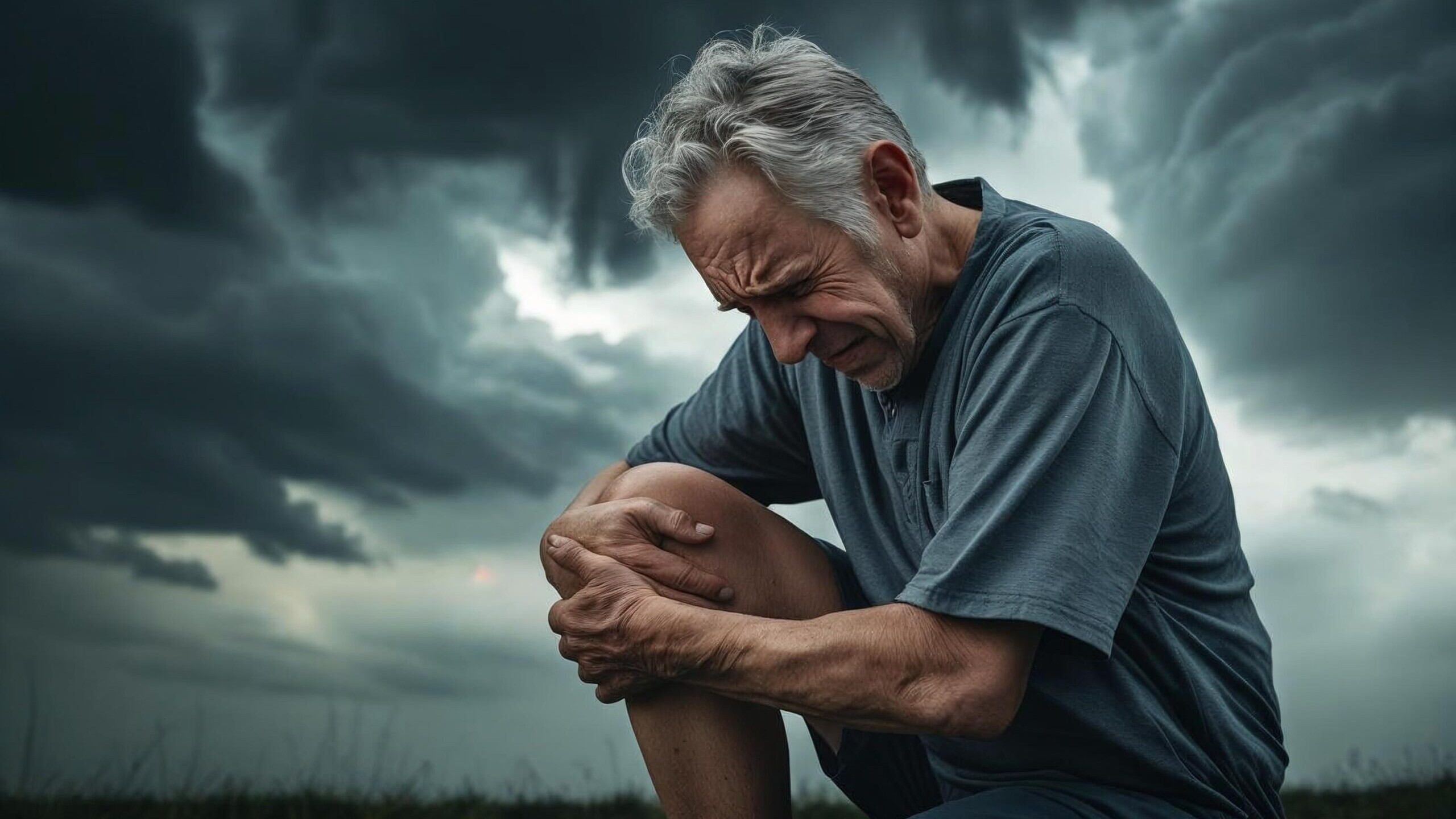
There are many different stages throughout a child’s growth where things that they did yesterday have been replaced by new things that they are doing today. For example, early walkers often have flatter feet, with a wider stance and can often trip and fall. Between the ages of 12-24 months, this is very common, although as they start to become more confident in their walking and running, these will subside and these “new norms” will prevail.
Prior to them talking, it can sometimes be harder to determine if there are any pains that your child is experiencing, and even if they are identifying a pain, it can be tough to figure out what has caused it. Below are some common foot complaints seen in kids of any age, most of which I have been assessing and managing for some years now.
Flat Feet
Flat feet is fairly easy to recognise by simply noting a lack of curved arch at the bottom of the foot. It’s estimated between 30-40% of kids have flat feet – in fact, their arches don’t normally become prominent until they’re about 5 years old. Flat feet can be fairly benign, but if your child starts to complain of discomfort or pain, it may be a good idea to seek professional advice.
Sever’s Condition
Sever’s is characterised by pain in the heels that can worsen after exercise and result in a limp. It typically occurs in active, older kids between the ages of 8 and 12, but can often be misdiagnosed as growing pains. Sever’s Disease occurs when the leg bones grow faster than the surrounding soft tissue, pulling at the Achilles tendon. It’s usually a short-term problem, but it is painful & as a Podiatrist, it is not overly difficult to manage.
Even kids get skin issues, like:
Blisters
Please DO NOT POP THEM!
The blister is their body’s way of cushioning and protecting a sore spot. Popping it will only let in bacteria and risk infection. Applying a band-aid and addressing the cause (such as shoes) is a better plan, otherwise a quick trip to the GP or your friendly Podiatrist can deal with this.
Fungal Infections
Fungal infections aren’t just for adults. Kids often get Athlete’s Foot. Sweaty, damp sneakers are the perfect place for these micro-organisms. Best course of action is some anti-fungal cream, changing cotton socks daily and seeing a podiatrist if symptoms don’t disappear.
Shoes
Shoes can be different depending on ages and stages of a child’s walking. As kids spend so much time in school shoes, it is important to review your child’s feet with a podiatrist who can advise a certain brand or type of shoe, particularly as they can be tricky to fit, and some styles are more appropriate than others for your child’s feet.
We will be running a Back to School shoe assessment and advice program in January, with no out of pocket fee for those with health insurance extras. Consider these facts:
- Your child will spend up to 30 hours per week in school shoes
- Which equates to 15,000 hours in school shoes over their school time
- The average foot will grow 17 sizes over their entire schooling period
…so you can understand how getting the right shoe for the right foot is critical – not only for school shoes, but for runners and sports shoes as well. Stay tuned for more information about our Back to School January special.
Knowing how active kids are, it’s no wonder that with all the skipping, jumping and running they do that they can become sore, or worse, injure themselves. If there is any ongoing pain, it’s always best to consult a podiatrist before you try Google Doctor.
Bec Siler
Podiatrist
Southern Suburbs Physiotherapy Centre
9570 8538
(Please note Bec consults from SSPC East Bentleigh clinic on 9570 8538. Hazel Rauch is the consulting podiatrist SSPC Parkdale on 9584 2000).
You might like these other resources
Why Do My Joints Ache In Cold Weather?
11 June 2025
The Role of Ice in Managing Acute Sporting Injuries
17 September 2024
Are Your Bones Strong Enough?
28 May 2024





